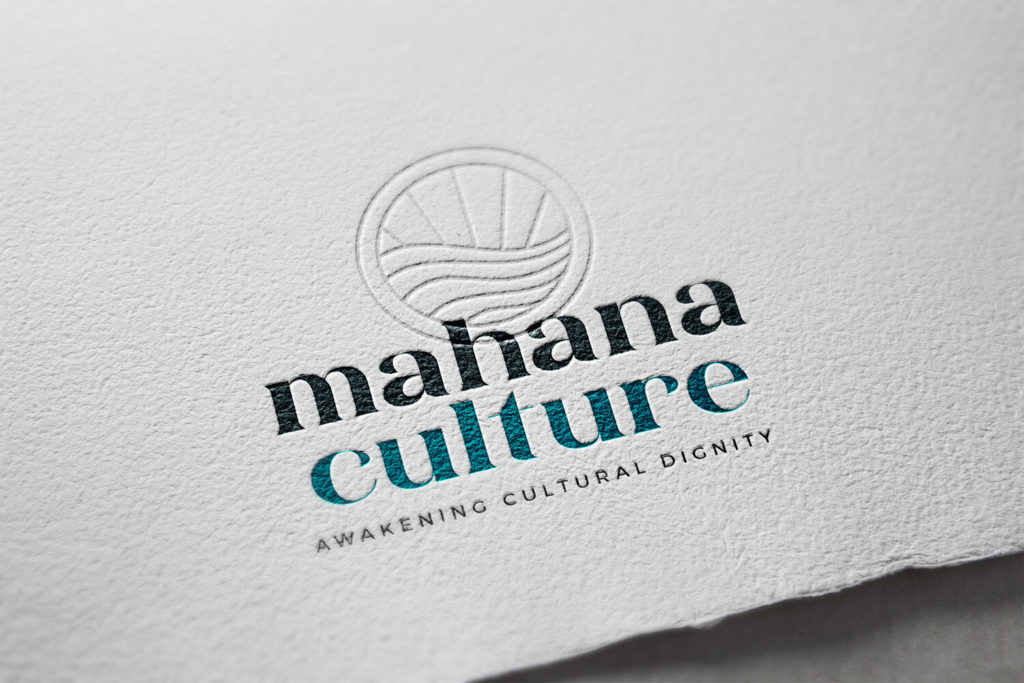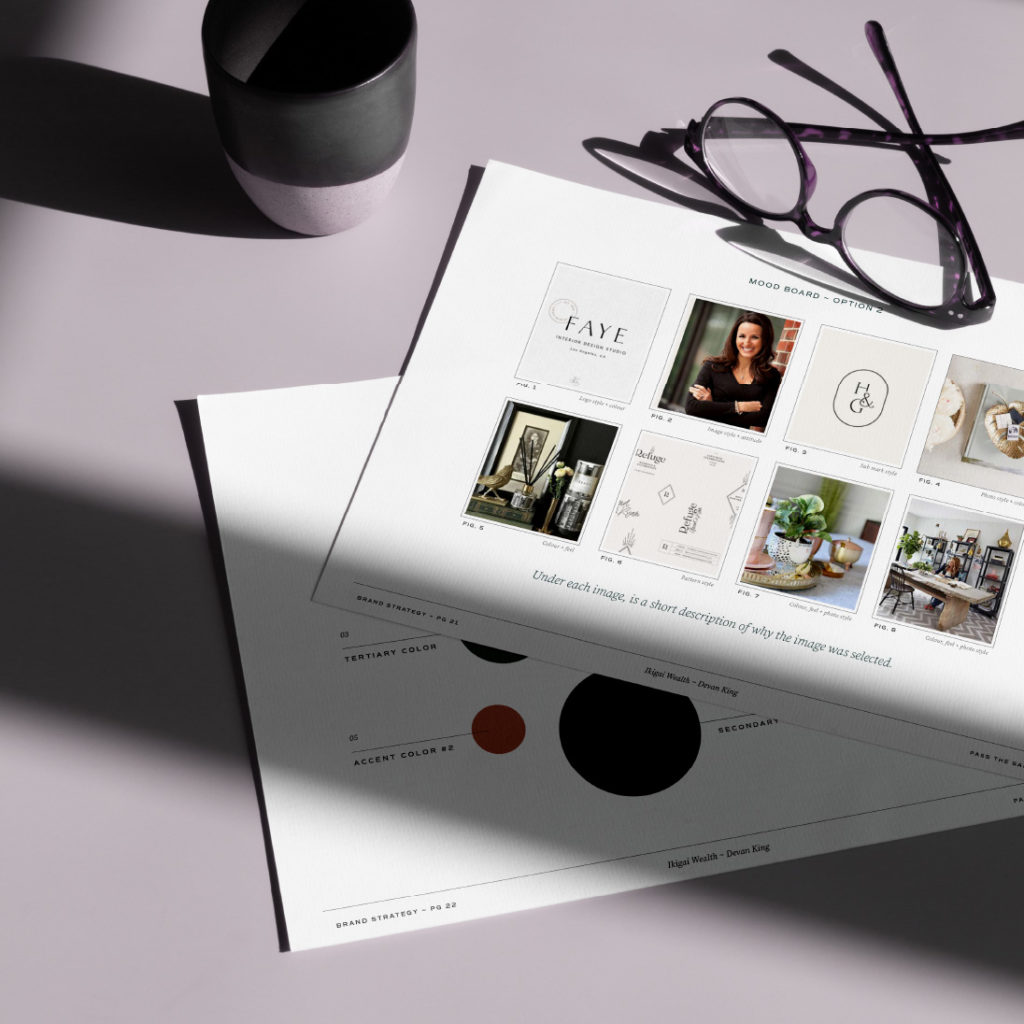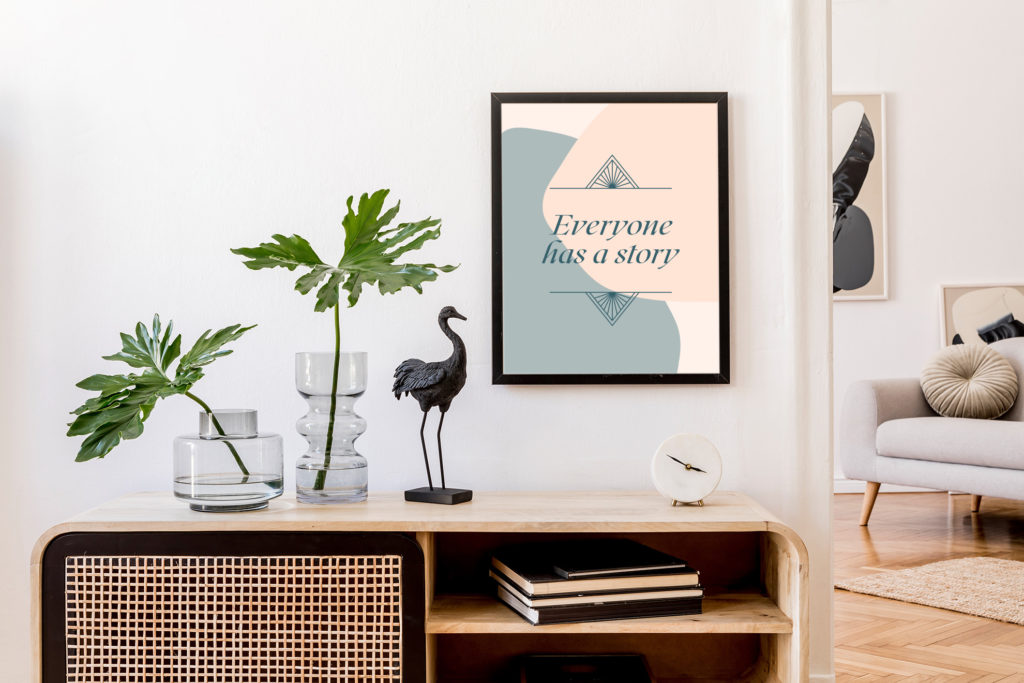Business Branding
Understanding brand strategy & identity for small business
A Brand by any other name
“Brand” or “Branding” are buzzwords used often in the marketing realm – which are so frequently misunderstood.
There seems to be a lot of confusion floating around about what is and isn’t a “brand”.
This makes sense. Traditionally, mention of the word “brand” referred to marking a farmer’s territory on their livestock. You know, that method of “branding” (burning) the backside of your cows, with an identifiable mark, to make sure they knew who the owner was or where it came from.
This perception lingers on. Even the dictionary definition of the word hasn’t been updated since the dark ages. Though the answer to “what is a brand in business” has extended far beyond merely an identifying mark. Or, in other words, a “logo”.

So let’s get into the nitty gritty – then “what is a brand in business?”
You might have come across this commonly used industry definition of a brand:
“A brand is a unique combination of perceptions, visual elements & messages representing a company, product, or service.”
While this statement may seem like industry jargon, let’s take a look from the other side of the coin… Taking a practical perspective, I like to think of a brand as akin to person. So, humour me for a moment – keeping a brand in mind, let it embody a ‘person’ rather than a ‘company’. Now, just like your best friend, that individual consists of an external image (the colours they wear, the clothing and accessories they choose to wear, their hobbies and daily activities), alongside a set of internal values and interests (compassion, drive, empathy).
This ‘person’ needs to build relationships and connect with people (customers/clients), right? And, they do so through shared values and reflected behaviours, earning favour and trust over time. So, just as any individual would have to do, a brand finds its way into peoples’ hearts and lives by doing exactly the same. This process of embodying a real person makes having us get to know, like and trust a brand much easier to wrap our heads around.
So think of your best friend again. They create an impression in how they talk, hold and express themselves, and choose to dress. They’re some of the reasons why you became friends with them in the first place, aren’t they? They may be a style of outwardly expressive character with loads of flourishing movement and vibrancy to their personality. Or they might portray demure sophistication and quiet determination with a hint of wistful mysticism.
Either way, you and everyone else who has met your best friend has subconsciously asked themselves if your bestie’s persona resonates with them and reflects their ideals or values. For both of you, it may have clicked right off the bat. But for some, her clothes, accessories or style – may not have been the right match on the first impression. And that’s perfectly ok. Because it goes deeper than that.
What it all comes down to is what your best friend does. It’s equally as important as how they express themselves in appearance and behaviour. That’s why being consistent, keeping our promises and staying true to our values is all part and parcel of building trust with people. The same goes for brands building trust with their dream audience.
“
A brand is a person’s gut feeling about a product, service or organisation.
– Marty Neumeier

So, then what is a “Brand Identity”?
Brand Identity refers to the unique collection of brand identity elements such as visual and graphic elements (logo, colours, fonts, imagery, graphic style = Visual Brand Identity) along with your Tone of Voice and key Brand Messaging. Ideally, these convey the essence of your brand and client experience. These are the tools your business uses to portray itself to the marketplace, with the aim of creating a natural connection with your dream audience.
A strong brand creates a powerful connection between you and your customers, employees and any other people involved in the community around your business. Developing a brand is more than just a creative exercise – it’s a discipline involving research and analysis, management and implementation. Collaboration is vital in this process. When creating a brand that is built on solid ground, it needs the dedication to keep making connections and aligning the business with your brand.

Remember!
Your brand is much more than a logo
Let’s say that you’ve decided to take the jump and start your own business. Kudos to you, that’s wonderful!
You’ve spent months painstakingly selecting a name, getting everything registered, saving up startup cash. Then what do you need next? A website to display your services or products. A business card to hand out in person. A few social media profiles to start building a community and help with promotion. Then, of course, you’ll need a logo for all of these things, right?
This is such a natural progression in any fledgling business, and money will always be tight at this stage in the game. I see so many companies run into trouble when they move to create these items and haven’t yet done the background work. Lots of questions begin to arise.
Take the example of creating a website. These are some of the common questions that come up:
- Which colours, fonts, imagery, graphics should be used?
- What voice and messaging style should be used to speak to the desired audience. Wait…
- Who’s the target audience?
- What are we selling and why?
- Why does my logo look just like my main competitor’s?
- Oh, I don’t really have a logo… Do I really need one? What do I need?
The result of being unprepared can lead to too many iterations to count. Not being aligned with core values, goals or audience, means things never feel quite right or finished. This then leads to a struggle in making sales from communications that appear forced and inauthentic. It leaves us feeling mightily frazzled, confused, and wasting a lot more time and money than we anticipated.
What’s really needed is a well-developed brand that is consistent, aligned with your values, goals and target audience. One that excites you to own it and instils confidence in both you and your customers because it’s authentically aligned with your values and goals.
A logo by itself is a core piece of any brand identity, but it’s part of a much bigger picture.

The end goal
Hopefully, now you’re a little clearer on what a brand is (and isn’t) and understand that there’s more than meets the eye in brand creation.
Amidst the bombardment of media that we’re all flooded with daily, it becomes ever more important to cut through the noise and enable direct lines of communication with those we are here to serve. By making a brand easy to differentiate and connect with, in a genuine way, you’re able to align people’s actual wants and needs to the benefit being offered by your businesses.

Pass the Salt, founded by Elise Elliott, is a branding studio devoted to shaking up brand strategy, design and creative direction for entrepreneurial dreamers, doers and shakers who smirk at rules and high-five at the adventure of exploration.
Elise’s branding framework helps clients find language for their authentic business identity, connect with their dream audience and find greater ease in their business.
Business Branding
Understanding brand strategy & identity for small business
A Brand by any other name
“Brand” or “Branding” are buzzwords used often in the marketing realm – which are so frequently misunderstood.
There seems to be a lot of confusion floating around about what is and isn’t a “brand”.
This makes sense. Traditionally, mention of the word “brand” referred to marking a farmer’s territory on their livestock. You know, that method of “branding” (burning) the backside of your cows, with an identifiable mark, to make sure they knew who the owner was or where it came from.
This perception lingers on. Even the dictionary definition of the word hasn’t been updated since the dark ages. Though the answer to “what is a brand in business” has extended far beyond merely an identifying mark. Or, in other words, a “logo”.

So let’s get into the nitty gritty – then “what is a brand in business?”
You might have come across this commonly used industry definition of a brand:
“A brand is a unique combination of perceptions, visual elements & messages representing a company, product, or service.”
While this statement may seem like industry jargon, let’s take a look from the other side of the coin… Taking a practical perspective, I like to think of a brand as akin to person. So, humour me for a moment – keeping a brand in mind, let it embody a ‘person’ rather than a ‘company’. Now, just like your best friend, that individual consists of an external image (the colours they wear, the clothing and accessories they choose to wear, their hobbies and daily activities), alongside a set of internal values and interests (compassion, drive, empathy).
This ‘person’ needs to build relationships and connect with people (customers/clients), right? And, they do so through shared values and reflected behaviours, earning favour and trust over time. So, just as any individual would have to do, a brand finds its way into peoples’ hearts and lives by doing exactly the same. This process of embodying a real person makes having us get to know, like and trust a brand much easier to wrap our heads around.
So think of your best friend again. They create an impression in how they talk, hold and express themselves, and choose to dress. They’re some of the reasons why you became friends with them in the first place, aren’t they? They may be a style of outwardly expressive character with loads of flourishing movement and vibrancy to their personality. Or they might portray demure sophistication and quiet determination with a hint of wistful mysticism.
Either way, you and everyone else who has met your best friend has subconsciously asked themselves if your bestie’s persona resonates with them and reflects their ideals or values. For both of you, it may have clicked right off the bat. But for some, her clothes, accessories or style – may not have been the right match on the first impression. And that’s perfectly ok. Because it goes deeper than that.
What it all comes down to is what your best friend does. It’s equally as important as how they express themselves in appearance and behaviour. That’s why being consistent, keeping our promises and staying true to our values is all part and parcel of building trust with people. The same goes for brands building trust with their dream audience.
“
A brand is a person’s gut feeling about a product, service or organisation.
– Marty Neumeier

So, then what is a “Brand Identity”?
Brand Identity refers to the unique collection of brand identity elements such as visual and graphic elements (logo, colours, fonts, imagery, graphic style = Visual Brand Identity) along with your Tone of Voice and key Brand Messaging. Ideally, these convey the essence of your brand and client experience. These are the tools your business uses to portray itself to the marketplace, with the aim of creating a natural connection with your dream audience.
A strong brand creates a powerful connection between you and your customers, employees and any other people involved in the community around your business. Developing a brand is more than just a creative exercise – it’s a discipline involving research and analysis, management and implementation. Collaboration is vital in this process. When creating a brand that is built on solid ground, it needs the dedication to keep making connections and aligning the business with your brand.

Remember!
Your brand is much more than a logo
Let’s say that you’ve decided to take the jump and start your own business. Kudos to you, that’s wonderful!
You’ve spent months painstakingly selecting a name, getting everything registered, saving up startup cash. Then what do you need next? A website to display your services or products. A business card to hand out in person. A few social media profiles to start building a community and help with promotion. Then, of course, you’ll need a logo for all of these things, right?
This is such a natural progression in any fledgling business, and money will always be tight at this stage in the game. I see so many companies run into trouble when they move to create these items and haven’t yet done the background work. Lots of questions begin to arise.
Take the example of creating a website. These are some of the common questions that come up:
- Which colours, fonts, imagery, graphics should be used?
- What voice and messaging style should be used to speak to the desired audience. Wait…
- Who’s the target audience?
- What are we selling and why?
- Why does my logo look just like my main competitor’s?
- Oh, I don’t really have a logo… Do I really need one? What do I need?
The result of being unprepared can lead to too many iterations to count. Not being aligned with core values, goals or audience, means things never feel quite right or finished. This then leads to a struggle in making sales from communications that appear forced and inauthentic. It leaves us feeling mightily frazzled, confused, and wasting a lot more time and money than we anticipated.
What’s really needed is a well-developed brand that is consistent, aligned with your values, goals and target audience. One that excites you to own it and instils confidence in both you and your customers because it’s authentically aligned with your values and goals.
A logo by itself is a core piece of any brand identity, but it’s part of a much bigger picture.

The end goal
Hopefully, now you’re a little clearer on what a brand is (and isn’t) and understand that there’s more than meets the eye in brand creation.
Amidst the bombardment of media that we’re all flooded with daily, it becomes ever more important to cut through the noise and enable direct lines of communication with those we are here to serve. By making a brand easy to differentiate and connect with, in a genuine way, you’re able to align people’s actual wants and needs to the benefit being offered by your businesses.

Pass the Salt, founded by Elise Elliott, is a branding studio devoted to shaking up brand strategy, design and creative direction for entrepreneurial dreamers, doers and shakers who smirk at rules and high-five at the adventure of exploration.
Elise’s branding framework helps clients find language for their authentic business identity, connect with their dream audience and find greater ease in their business.
Comments +